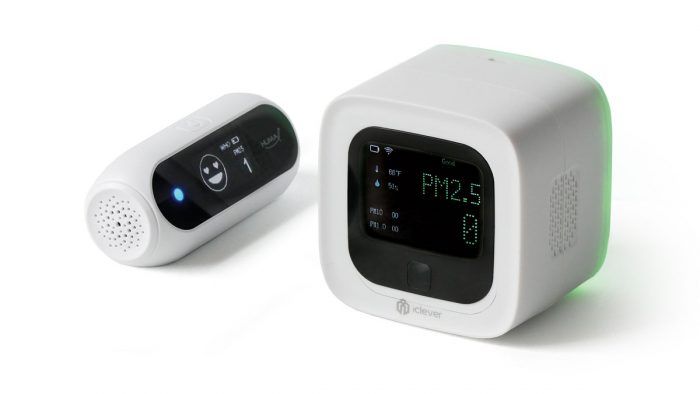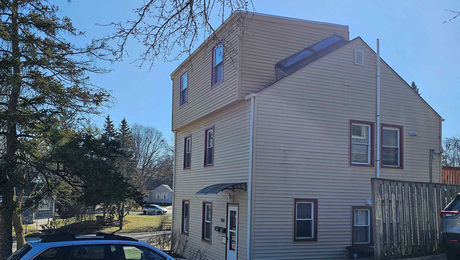Rise of the IAQ Monitor
These devices may lack accuracy, but they can teach us how we play a role in maintaining indoor-air quality.

Synopsis: Scott Gibson, contributing writer at FHB and Green Building Advisor, digs into the commercial options available for indoor-air-quality monitors. He explains how these devices work and what they check for, as well as the movement toward a universal ratings standard of accuracy and performance. He finishes with a test of two monitors, and a description of how they can be used to help make connections between what we do in our homes and how that affects our air quality.
The World Health Organization attributes a long list of chronic illnesses and millions of premature deaths annually to polluted air inside and outside the home. Instead of offering a refuge from dirty air, our homes can harbor a variety of problem compounds we don’t even realize are there.
Air pollution comes in many forms. One concern is PM2.5—particulate matter measuring less than 2.5 microns in diameter. These microscopic bits of debris can travel deep into the lungs and cause serious health problems, even death, says the U.S. Environmental Protection Agency. Volatile organic compounds (VOCs)—chemicals used in and released by many materials used to build and furnish homes—are another concern.
Measuring these airborne contaminants once required tools costing tens of thousands of dollars. These are lab-grade devices, big and impractical to install in individual houses. But as technology advanced, manufacturers found ways to approximate these functions in much smaller devices that cost a few hundred dollars. Although not as accurate, indoor-air-quality (IAQ) monitors are now widely available, and because they are relatively inexpensive, they give homeowners an opportunity to track air quality at home in a way that wasn’t possible a decade ago. What was a trickle of products five years ago now includes dozens of gizmos costing $300 or less.
Monitoring air quality at home
Some of these consumer-grade devices measure PM2.5 concentrations, some measure both PM2.5 and total volatile organic compounds (tVOCs), and others also track CO2, temperature, and humidity. Some units can be connected to a database that provides a network of real-time air-quality observations for a whole community. Others can be integrated with a home automation system so that they turn on a fan or other device when pollutants cross a certain threshold.
From Fine Homebuilding #295
Learn More About Indoor Air Pollutants and Their Sources
Register for our online course A Path to Better Indoor Air Quality with Monica Rokicki-Guajardo today! You’ll learn how to approach design, construction, and maintenance in new homes and remodels, and how to consider existing homes, with indoor air quality in mind.


























